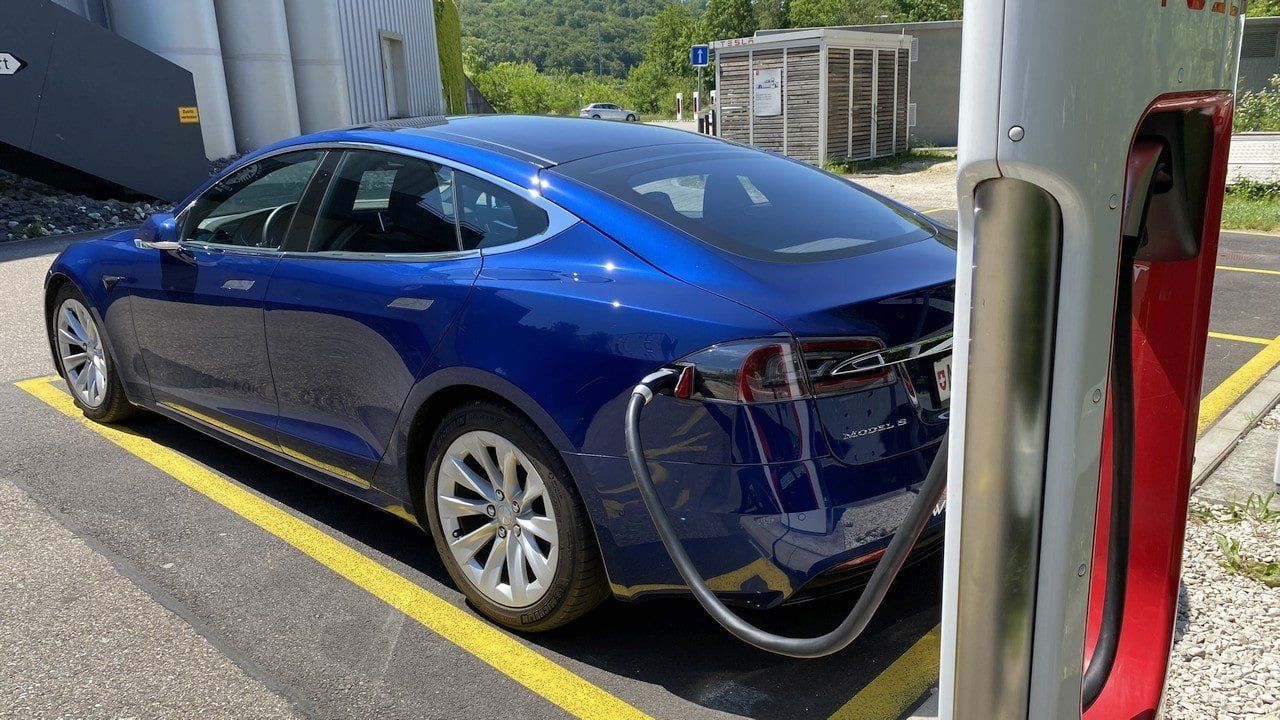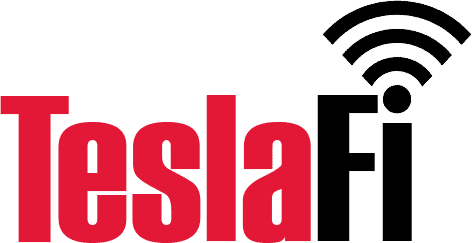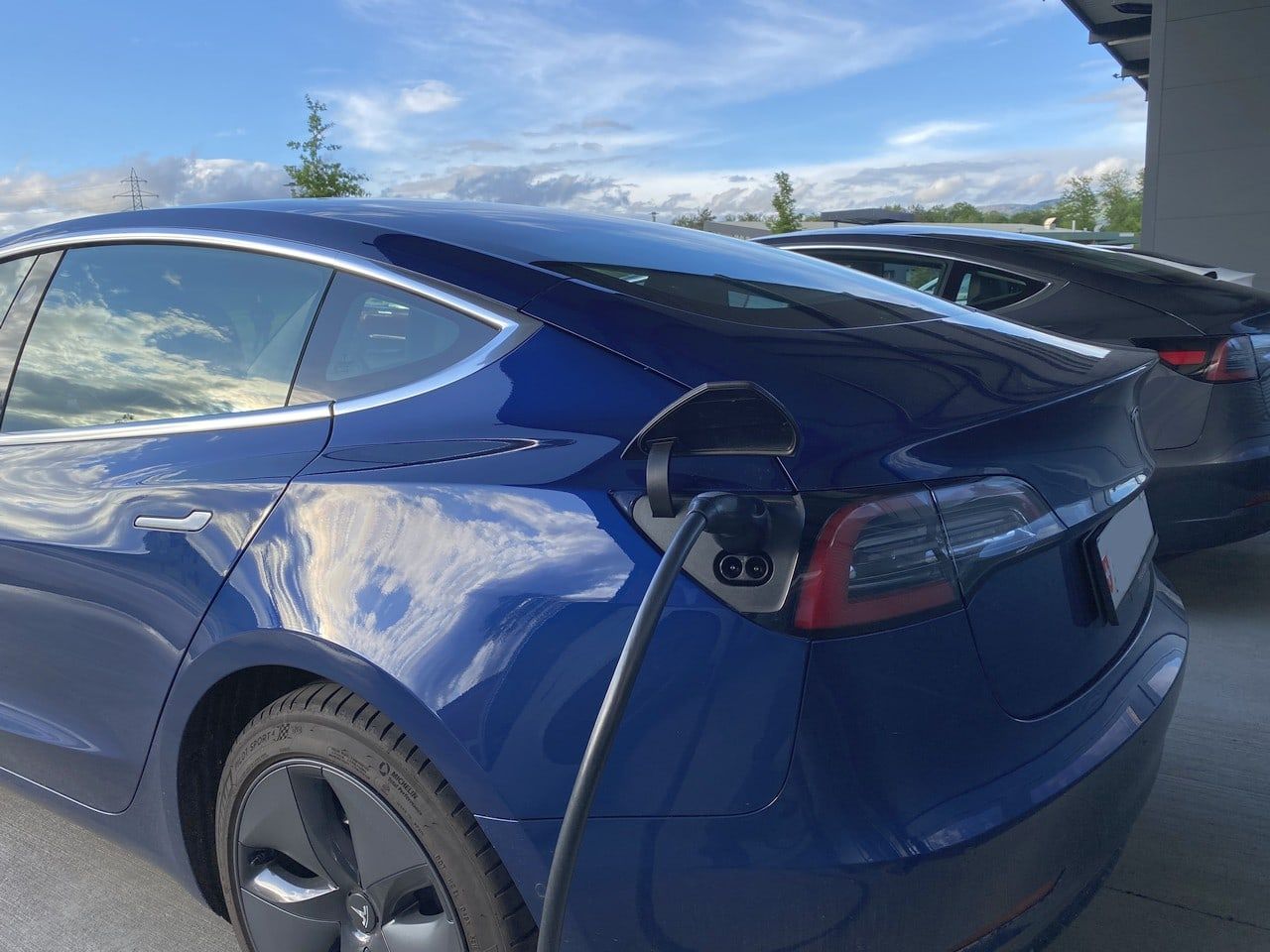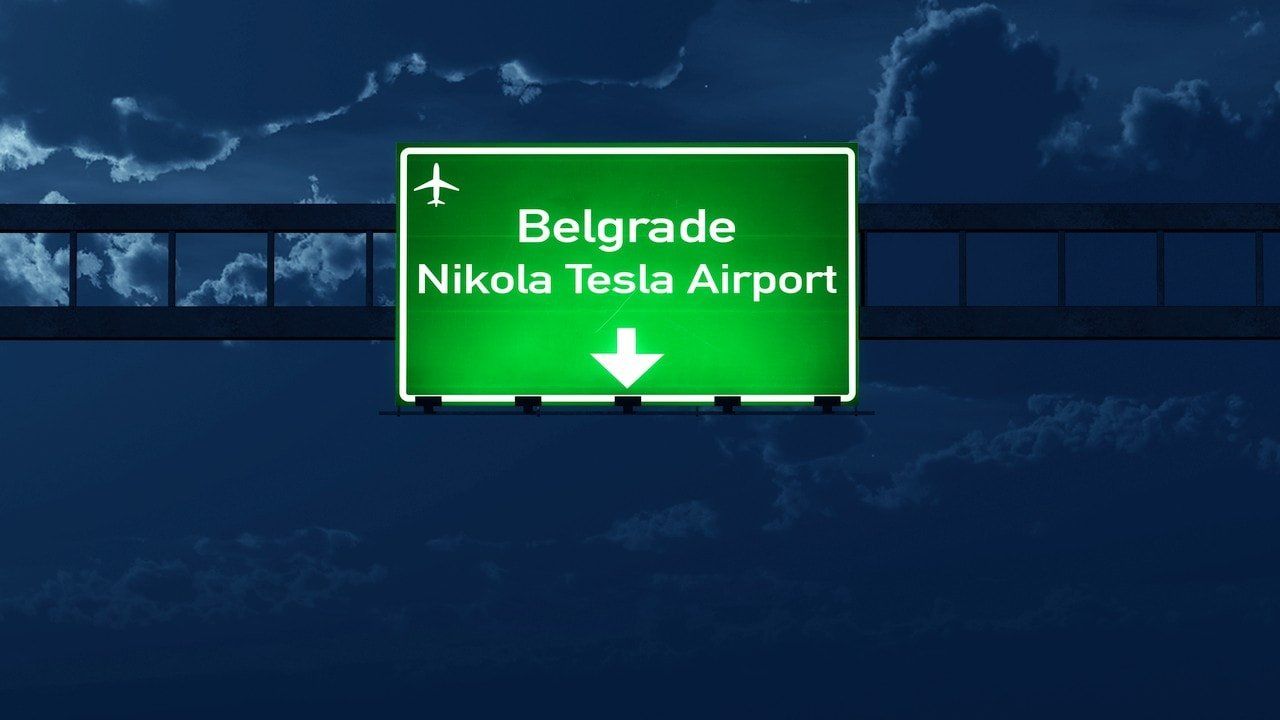Due to improvements in battery technology, not all Tesla models have the same maximum charge current at a fast charging station. The following table shows the differences in maximum possible charging speed depending on vehicle model. This is dependent on the type of battery cell installed and other improvements Tesla has incorporated into production over the years. Of course, the actual charging speed also depends on other factors such as the battery temperature, the current charge level or whether you share a V2 Supercharger with someone else. The listed values refer to the following three types of fast charging stations:
All Weather Floor Mat. Front, Rear, Cargo Liner Mat. Waterproof, Anti-Slip and Custom Fit.
Shop for more Tesla Accessories here!
Tesla Supercharger V2
Most Tesla Superchargers in Europe are still of the V2 type. These charging stations deliver a peak power of 150 kW. However, two charging stations share one rectifier and therefore the power is shared, if someone else is charging at the neighboring station. See also the A/B numbering of the charging stations.

Tesla Supercharger V3
Since December 2019, Tesla has begun installing the new V3 Superchargers in Europe too. These Tesla stations offer a maximum charge current of up to 250 kW. In addition, the V3 charging stations no longer share the power, so that the entire 250 kW is available exclusively for each charging stall. All vehicles will benefit from the elimination of power-sharing, while only certain models will benefit from the higher charging capacity. Visually there are no differences to the V2 charging stations, only the cable is a little thicker with V3. You can identify V3 Supercharger Locations in the Navigation System of your Tesla.
Ionity fast charging station
Ionity is a company that operates a public network of fast charging stations along freeways. Consisting of a joint venture of BMW, Daimler, Ford, Volkswagen and Hyundai, Ionity began building this network in 2017. All charging stations have a CCS plug, which is standard on Model 3 and will be supplied as an adapter for Model S and X from March 2019. Older Model S and X can retrofit the CCS adapter for an additional charge. Ionity charging stations offer a maximum output of 350 kW.

Ionity locations – Image credits: Ionity
Comparison of the maximum charge current according to Tesla model
The following table lists the maximum possible charge current per Tesla model. However, depending on various factors such as temperature, battery state of charge, age of the battery, etc., it may be lower.
(Turn the phone to display the entire table or move the table)
| current models | Supercharger V2 | Supercharger V3 | Ionity |
|---|---|---|---|
| Model 3 Std Range Plus | 150 kW *1 | 170 kW *1 | 170 kW *1 |
| Model 3 Long Range | 150 kW | 250 kW | 250 kW |
| Model 3 Performance | 150 kW | 250 kW | 250 kW |
| Model S/X Long Range | 150 kW | 250 kW, some have 225 kW *3 | 225 kW, some have 200 kW *2 |
| Model S/X Performance | 150 kW | 250 kW, some have 225 kW *3 | 225 kW, some have 200 kW *2 |
*2 = Not clear from which production date 225 kW are possible.
*3 = 100 kWh battery from production date 06/2020.
| older models (also "D") | Supercharger V2 | Supercharger V3 | Ionity |
|---|---|---|---|
| S/X 60 | 118 kW | 118 kW | 118 kW |
| S/X 70 | 98 kW *2 | 98 kW *2 | 98 kW *2 |
| S/X 75 | 118 kW | 118 kW | 118 kW |
| S/X 85 | 98 kW *2 | 98 kW *2 | 98 kW *2 |
| S/X 90 | 142 kW | 142 kW | 142 kW |
| S/X 100 | 150 kW | 150 kW | 150 kW |
| S/X Standard Range | 118 kW | 118 kW | 118 kW |
Reduction of the charge current with frequent DC charging (On Tesla Supercharger and other DC charging stations)
Anyone who charges at a rapid charging station charges their vehicle with direct current (DC). Very frequent DC charging has a negative effect on the life of a battery. That is why Tesla seems to have introduced a limit that is automatically activated after a certain number of kilowatt hours charged with direct current. Experiences of Tesla drivers in the TMC forum show, as this is the case after 13125 kWh over DC. (DC= charging on Supercharger, Ionity, CHAdeMO or other fast chargers). Affected are Model S and Model X with 75, 90 and 100 kWh battery. More details here.
Reduction of the charging speed since software update 2019.20
Tesla has limited the maximum charging capacity of the 70 and 85 kWh battery with the software update 2019.20. It is assumed that the battery life is otherwise reduced too much. Even when the battery is cold, the 70/85 kWh batteries charge significantly slower than before.
The Tesla Data Logger
Collect statistics about your trips, power consumption, battery degradation and much more.
Register here to test TeslaFi for four weeks instead of two weeks for free.*






